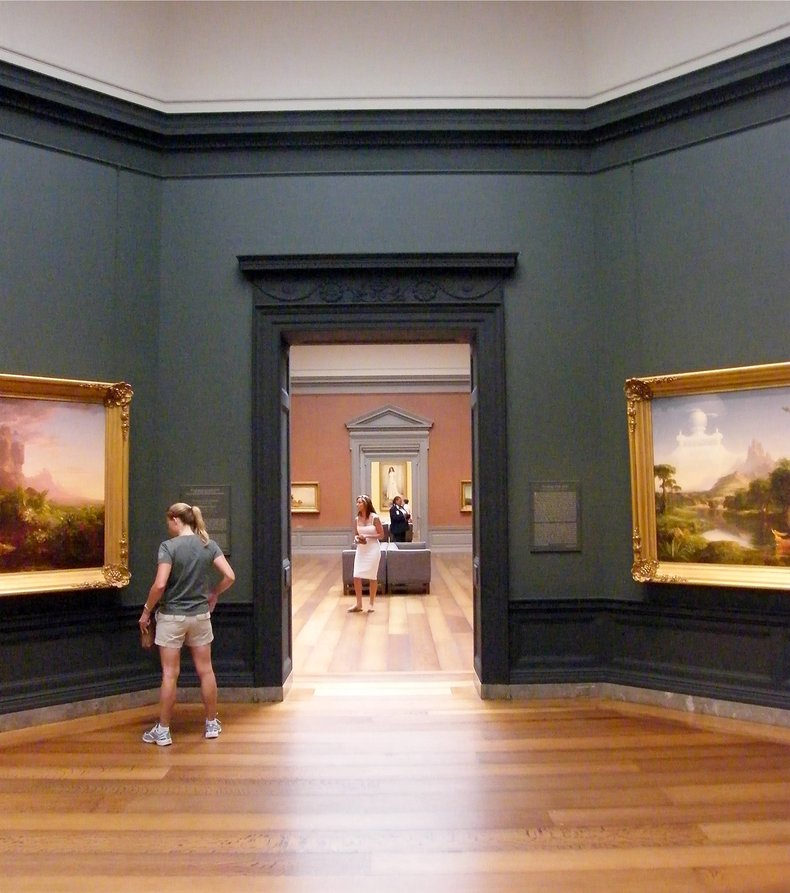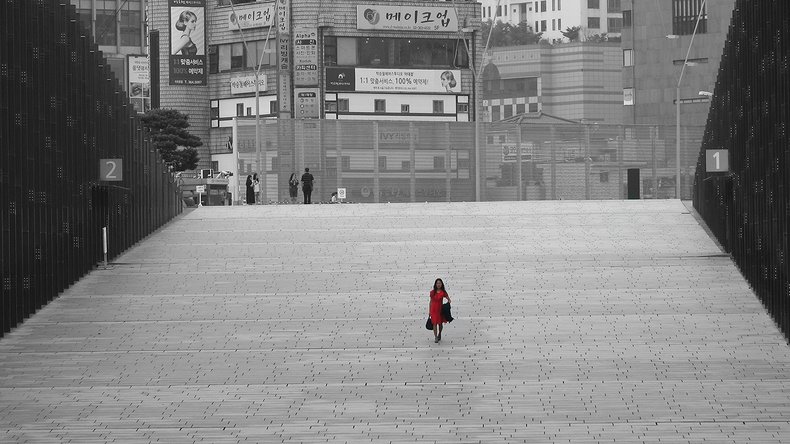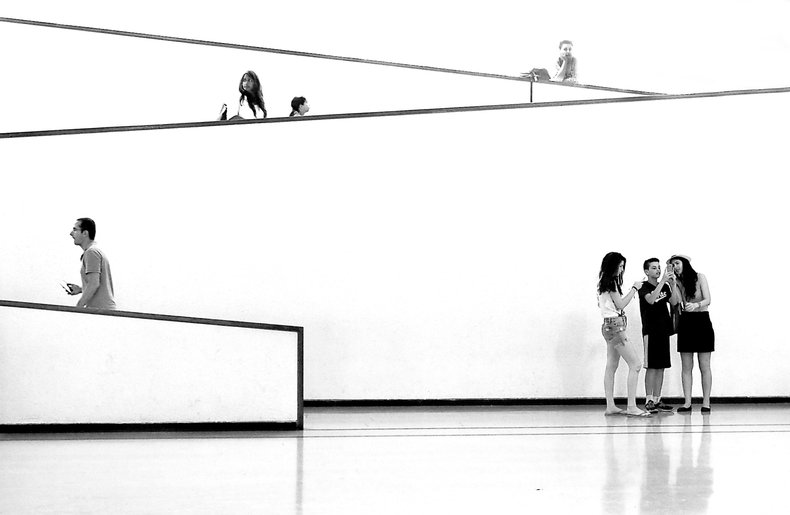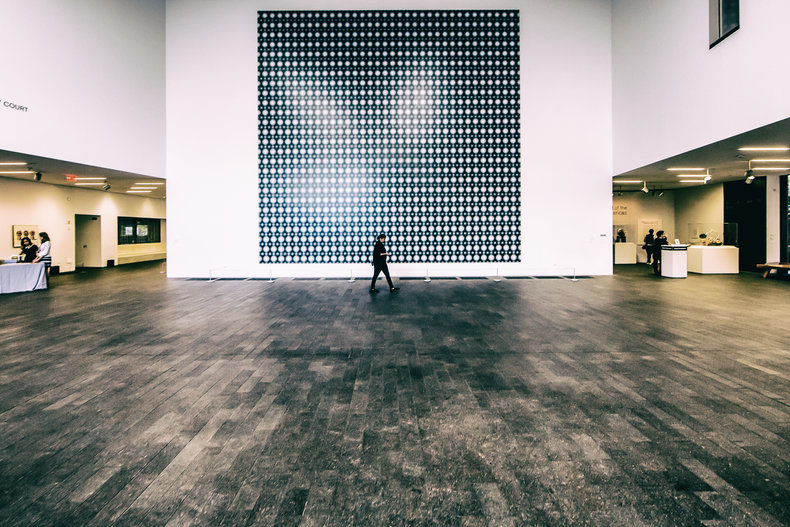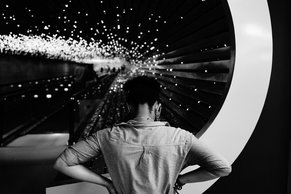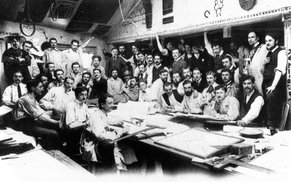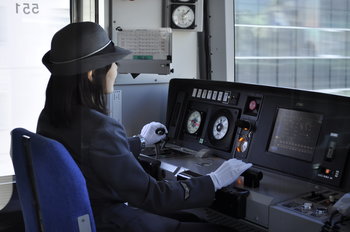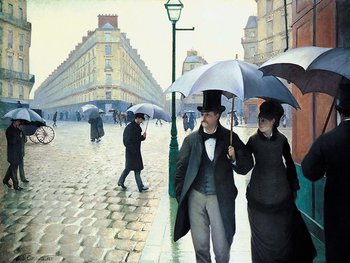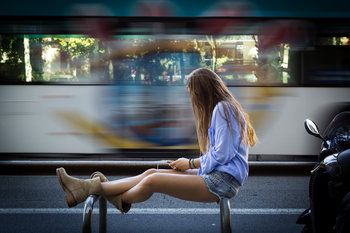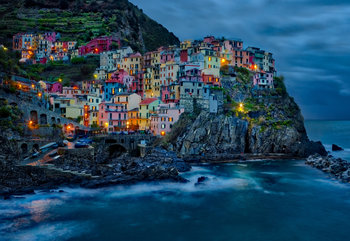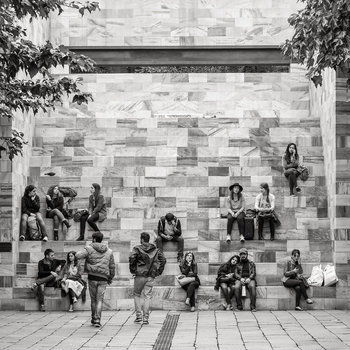|
| |
Design principles are guidelines that can be used to shape design. These are typically general enough to be applicable to any type of design from user experience to architecture. Principles may improve designs, make them more consistent and save time by providing a basic direction. This being said, it is common for elegant or advanced designs to break the rules. The following are common design principles.AlignmentArranging things along lines potentially including curved lines.SpaceUsing negative space to reduce chaos and create calmness.RhythmRepeating different elements in a pattern.BalanceArranging both sides of things to have equal perceived weight. This includes simplistic symmetric balance whereby both sides are the same and more elegant asymmetrical balance that feels balanced with two different sides.
UnityArranging elements so that they look like they belong together. VarietyUnity doesn't call for sameness as variety is stimulating and unity can be found in it.DominanceDesigning one thing to stand out above all others.Less is MoreLess is more is a slogan of minimalism -- the ideological reduction of all complexity. This was the dominate design principle of the industrial-era whereby products and environments were designed to be as featureless as possible so that they could be scaled out to the masses without offending anyone.More is DifferentMore is different is the idea that complexity often adds value as an element of the human experience. This is essentially a challenge to the dullness of minimalism.Truth to MaterialsThe principle that materials not pretend to be something they're not. For example, particle board designed to look like a hardwood.Genius LociGenius loci is the principle that design match its time and place. This allows each design to become an artifact of a culture at a point in time.Human ScaleDesigns are at human scale and consider human factors.Design to the EdgesDesigns aren't for the mythical average person but rather aim to be useful for as many people as possible including people with disabilities. HierarchyArranging things into meaningful levels.
The following are more detailed overviews of design principles:
If you enjoyed this page, please consider bookmarking Simplicable.
A list of common design values.
The definition of elegance with examples.
The definition of minimalism with examples.
TrendingThe most popular articles on Simplicable in the past day.
Recent posts or updates on Simplicable.
Site Map
© 2010-2023 Simplicable. All Rights Reserved. Reproduction of materials found on this site, in any form, without explicit permission is prohibited.
View credits & copyrights or citation information for this page.
|

